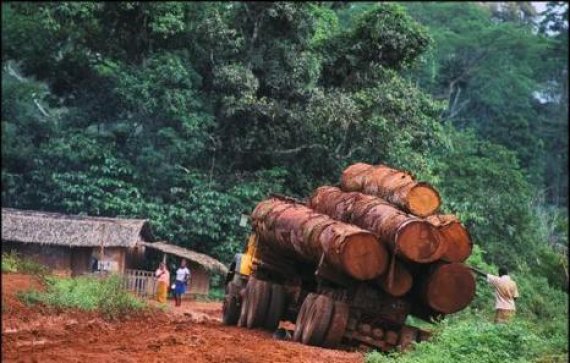Research shows that in the years 1995, 2003 and 2004 more trees were felled in the Amazon region than in the intervening years. These peaks in the felling of the rainforest cannot be explained, the researchers believe, by looking only at the most common drivers of deforestation, such as high prices for timber, soya or meat, favourable exchange rates, new infrastructure projects and population migration.
The peak figures in the clearing of forest coincide with Brazil’s presidential elections, followed by the installation of new administrators. During these periods of instability in public administration, supervision of deforestation in Brazil is less good, due to which more trees are felled, assert the researchers in the February issue of Land Use Policy. Once the new government has been in office for a while, enforcement of the policy to combat deforestation improves. A word of advice to the Brazilian government: be aware that changes of government can wreak havoc with nature protection.

